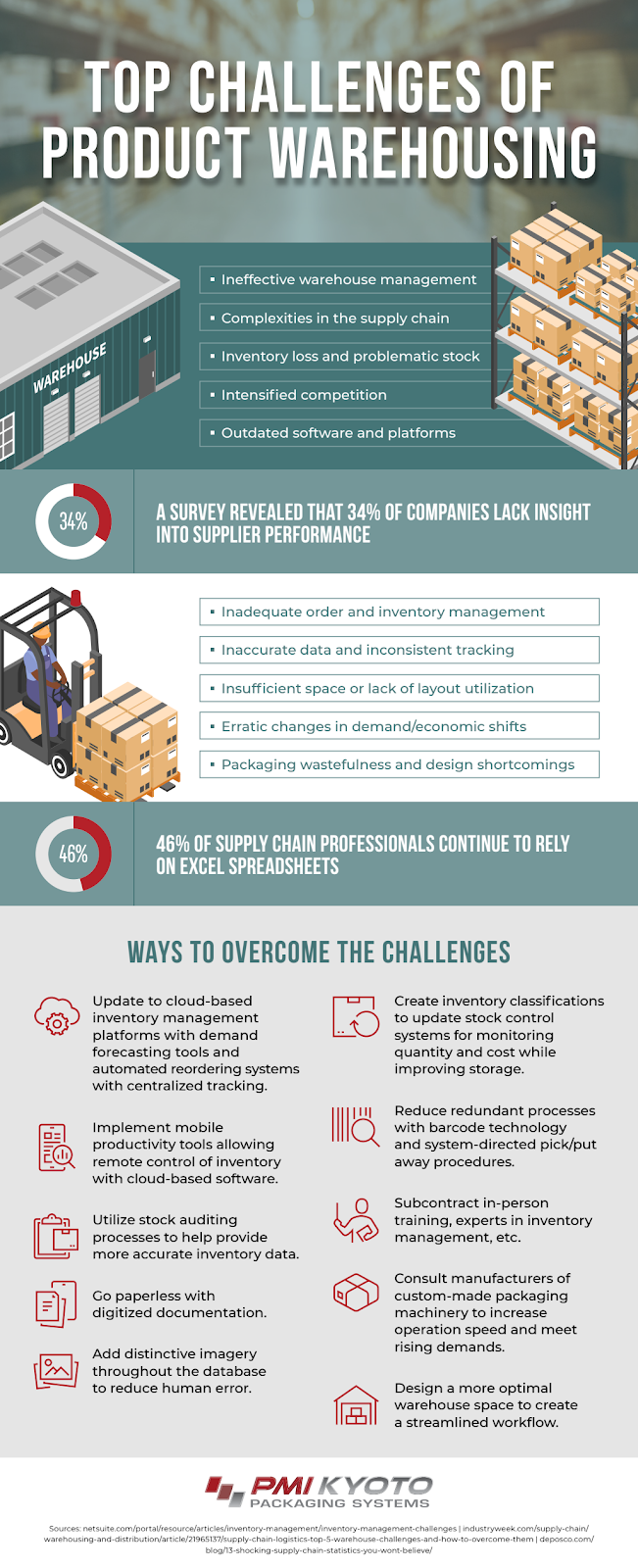
Warehousing keeps supply chains standing upright, yet the work behind the scenes rarely gets the attention it deserves. Companies often assume their storage operations run smoothly until delays, lost inventory, or missed shipments reveal the cracks. Warehouses face constant pressure to move products accurately and quickly, and several recurring challenges can disrupt that flow before anyone notices.

Even huge facilities somehow feel like they shrink overnight. Product lines expand, seasonal demand spikes, and suddenly pallets stack higher than they should. Poor layout planning makes the situation worse. If aisles are too narrow or frequently accessed goods sit in hard-to-reach areas, workers waste time weaving through clutter. Some businesses attempt quick fixes, such as rearranging racks or creating makeshift storage pockets, but without a long-term plan, these solutions usually lead to more confusion.
Nothing derails operations faster than unreliable inventory data. Manual counts, outdated spreadsheets, and inconsistent barcode usage leave room for error. One small mismatch can snowball into backorders or angry customers. Even automated systems can fail if staff forget to scan items during receiving or picking. Accurate tracking requires discipline, training, and a process that does not rely on memory alone.
Finding warehouse staff with experience is harder than many businesses expect. High turnover and physically demanding work create a cycle where teams constantly operate short-handed. New hires often need time to build speed and accuracy, which slows operations during peak periods. Skilled forklift operators and experienced pickers are especially difficult to replace quickly. Without a stable workforce, managers spend more time plugging holes than improving operations.
Warehouse technology promises efficiency, but many facilities still run on outdated systems. Slow scanners, aging conveyor belts, and software that cannot integrate with modern platforms create frustrating bottlenecks. Even newer tools can disappoint if they were chosen without considering workflow needs. A successful system must support quick order processing, real-time inventory visibility, and seamless communication.
Warehouses contain constant motion. Forklifts cross paths with foot traffic, pallets lean in questionable positions, and equipment wears down from heavy use. Without consistent safety checks and training, accidents become inevitable. Something as simple as poor lighting or a worn-out floor surface can create hazards during busy shifts. Safety is not a box to check once. It requires daily attention and clear accountability.
Warehouse efficiency depends on reliable suppliers. Delays in receiving packaging materials, replacement parts, or specialized equipment create immediate workflow interruptions. Even a short delay from a packaging equipment supplier can slow picking and shipping, forcing teams to improvise or pause operations altogether. Strong communication and backup sources help avoid last-minute scrambles that impact service levels.
Warehousing challenges often grow quietly until they disrupt an entire supply chain. Addressing these issues requires a mix of organization, training, and technology that fits the workflow rather than complicates it. Check out the infographic below for more information.

To improve space utilisation, you should move beyond temporary fixes and develop a long-term layout plan. This involves optimising aisle widths, ensuring frequently accessed items are easy to reach, and considering vertical storage solutions. Regularly reviewing your product lines and demand patterns will also help you adapt your space effectively.
Inventory inaccuracy often stems from manual counting errors, reliance on outdated spreadsheets, and inconsistent barcode scanning practices. Even with automated systems, human error, such as forgetting to scan items during receiving or picking, can lead to discrepancies. Implementing robust processes and thorough staff training is essential.
Labor shortages can significantly slow down your operations, especially during peak times. When teams are short-handed, existing staff become overstretched, and new hires require time to gain speed and accuracy. This can lead to delays, reduced productivity, and increased pressure on managers who spend more time filling gaps than improving overall efficiency. Beacon Inside understands these challenges and offers solutions to help streamline your processes.
Technology is vital for warehouse efficiency, but only if it is up to date and well-integrated. Outdated systems, slow scanners, or software that does not communicate with modern platforms create bottlenecks. Effective technology should support quick order processing, provide real-time inventory visibility, and facilitate seamless communication across your operations, helping you avoid frustrating delays.
Safety is a continuous concern because warehouses involve constant motion, heavy equipment, and changing conditions. Forklifts, leaning pallets, and worn equipment all pose risks. Without daily attention, consistent safety checks, and ongoing training, accidents are more likely to occur. It is about creating a culture of accountability and vigilance, not just a one-time compliance exercise.